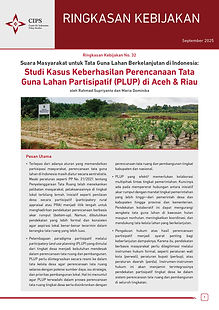Understanding the Regulatory Environment for ICT Infrastructure in Papua New Guinea

Authors

Amira Husna Natanegara

Louis Budiman
According to World Bank estimates, Papua New Guinea (PNG) achieved an annual per capita Gross National Income (GNI) of US$2,470 in 2022 (Trading Economics, 2022). This is considerably lower than neighboring countries such as Indonesia with a per capita GNI of US$4,580 (Jiao & Sihombing, 2023) or Fiji (US$13,370) (Trading Economics, 2023). A low income creates severe challenges for building a capital-intensive information and communication technology (ICT) infrastructure that would enable PNG to reap the benefits of the digital economy for business development, education, public health, etc.
Fortunately, the ICT services in PNG have shown significant improvement over the past decades. The introduction of competition in the market of mobile telecommunications in 2007 has played a crucial role in enhancing basic telephony access. It led to more affordable and a wider variety of services (Duncan, 2013; ITU, 2018) while the mobile network penetration rose sharply with the entry of Digicel PNG Limited (Digicel) and Bemobile Limited (bmobile) (ITU DataHub, 2021; UNESCAP, 2021). Currently, Telikom PNG Limited (Telikom), a state-owned enterprise (SOE), retains its position as the main fixed telephone service provider (GSMA, 2019, Foster, 2023) while the mobile services market is dominated by Digicel with around 90% market share.

Muhammad Nidhal













































